RMI Expeditions Blog
Greetings from 15,200'. We were rewarded today with a short three hour hike to
Barafu Camp, last stop before the summit. This is it! Tonight we go for the top.
Everyone is excited, and perhaps a wee bit nervous. Climbing to 19,340' is no small feat. But with all the preparation and great acclimatization we've taken advantage of we're more than ready.
Our wonderful camp staff has been spoiling us rotten, greeting us with bowls of hot water once we got settled in camp and a lunch that couldn't be better. It's amazing what they do here, considering that it takes over two hours for a porter to get a five-gallon bucket of water from the nearest stream.
We've discussed the details of the climb tonight and have been preparing our gear so we're all ready for tonight's departure. We'll try to get to bed around 6:00pm and awaken at 11:30pm. Breakfast at midnight and walking shortly thereafter.
Wish us luck!
RMI Guide Brent Okita
On The Map
RMI Guide Robby Young checked in with us after their
Pisco Oeste summit bid. They were able to summit and had a good day on the mountain. They are back at their camp for the night and will continue on to Huaraz tomorrow.
It was a little tough leaving the Plantation Lodge this morning, but it was time to Safari on! We made our way to
Tarangire National Park making a couple of short stops along the way. Treasures from a far off land were acquired and a stop at a local tribal village made for an interesting cultural experience for the day. We enjoyed singing and dancing and a demo of how rubbing sticks together to make a fire. A quick tour of the mud hay and cow dung hut they call home then off to the park for more game viewing. The park is a series of parallel rivers, shallow valleys and broad savanna. Also boasting that it has more elephants per square kilometer than any place on earth. It didn't disappoint us with plenty of other animals as usual. We are tucked into our new lodge inside the park call Balloon Camp. The camp has screened-in rooms out deep in the bush allowing Africa to envelope your every fiber.
RMI Guide Mark Tucker
Summit!
RMI Guide Steve Gately and his Mt. Shuksan team reached the summit via the
Fisher Chimneys Route. They will descend to Upper Curtis Camp and then possibly to Lake Ann this afternoon because of rain moving in this evening. Tomorrow the team will then complete their descent back to the trailhead.
Waking up in Barranco Camp under the massive headwalls and fading glaciers of the upper reaches of Kilimanjaro was just beautiful this morning. We slept in an hour because the hike to Karanga was just 4 hours and it gave time for many of the porters to get ahead of us ascending the Barranco Wall. Our climb up some of the Wall's scrambling sections went well, with everyone moving competently. Even the most apprehensive of us got stoked climbing this section. Three valleys later we arrive at
Karanga Camp. Lots of up and down today to arrive at a camp only 130' higher than our last, but this is part of the planned magic of acclimatizing for our summit bid that's coming up pretty quickly.
It's amazing how well everyone's doing with the altitude. The fun little tests we do measuring our bodies ability to process oxygen and our pulse reveal that we're all doing better than expected. Great news with the climb looming on the horizon.
Okay, are you ready to hear about what we had for lunch when we arrived? Wiener schnitzel, German Potatoes, sauteed vegetables, vegetable soup. For dessert, watermelon and a home baked chocolate nutty fudge type thing.
Living larger at Karanga Camp,
RMI Guide
Brent Okita and Team
On The Map
All of the climbers and guides on the
Expedition Skills Seminar - Paradise reached the summit of Mt. Rainier this morning.
RMI Guide Nick Scott reported clear skies and a breeze on the summit. The team began their descent shortly after 7:00 AM. We look forward to seeing them in Ashford this afternoon and hearing about their week on the mountain.
Way to climb!
RMI Guide Hannah Smith and the
All-Women Four Day Climb reached the summit of Mt. Rainier this morning.
Hannah reported sunny skies and breezy conditions on the summit. The team began their descent at 7:00 AM. The will return to Camp Muir to refuel and repack before descending back to Paradise.
Congratulations climbers!
Greetings from Pisco Base Camp,
The Spanish word of the day today is ‘Tranquilo’, meaning calm, easy, or chill. That’s what we did today here at 15,200’. We ate omelettes and then took a walk up to the top of the moraine to take a look at our route towards
Pisco in the daylight. Back at camp, we dove into crevasse rescue skills in the grass before a ceviche lunch. Delicious as always! The rest of our day, we packed a little, and did some resting as the rain and graupel peppered our tents most of the afternoon. It’s clearing up as we bed down this evening after a chicken dinner and we’re hopeful we’ll see stars when wake up at 11:30 PM to start our climb. Not much else to report on a tranquilo day here at 15,200’. We’ll have more to rave about tomorrow if the mountain and weather allow! Stay tuned party people.
RMI Guide
Robby Young, Alfie, William, and Team ‘Seeking Blister Tape Sponsorship’
Today we visited the famous
Ngorongoro Crater Conservation Area. The crater is roughly 100 square miles and is home for more than 25,000 animals that reside here year round. We stared seeing the 25,000 with the not too elusive herd animals. We saw seemingly hundreds and then thousands before we knew it! Soon enough the world of big cats became the focus. A couple of nice sightings of large meat eaters got the team's attention. Many hyenas, jackals, ostrich, plus countless other huge birds brought us to our spot by a hippo lake for lunch.
Just after lunch we observed a small pride of lion trying to take down two different Cape buffalo. The second one ended up against our Land Cruiser. And in the battle our vehicle was charged and dented by the bullet proof horned skull of the Cape buffalo. A mark of bush life not many wear. While our vehicle bears the scars of this battle, we were unscathed.
We are back at the fantastic Plantation Lodge for the night. Tomorrow we will venture to Tarangire National Park for more game viewing.
RMI Guide
Mark Tucker and team
At 12,500' you're above the trees and clouds, in the highland desert zone, and are looking at Kibo, the
summit of Kilimanjaro, all day. As we headed east towards our next camp, we enjoyed easy walking on the low angled Shira Plateau. A nice contrast to yesterday's steeper terrain.
A little over three hours later we arrived at Lava Tower, a conspicuous landmark at 15,200'. Our staff met us with hot soup, tea, sandwiches and snacks, all laid out on a blanket for our enjoyment. Imagine, a picnic in the warm sunshine at 15,000'! Pretty cool.
Following lunch it was all downhill to camp by the Barranco Wall. Easy enough walking to be able to appreciate the change in ecosystems as we began to see dendrosenecios, lobelias and giant groundsels, some of the flora that makes Kilimanjaro so special.
Everyone's doing great after this big day and we're all excited about getting on the Barranco Wall tomorrow morning. A later start to allow the porters in camp to get ahead of us on the Wall will be appreciated, even by this early rising crew.
Oh, and lest I forget. Dinner tonight: butternut squash soup, garlic pepper zucchini, chicken and sausage paella, and pineapple spears drowning in chocolate fondue. Eat your heart out.
Resting well,
RMI Guide Brent Okita
On The Map











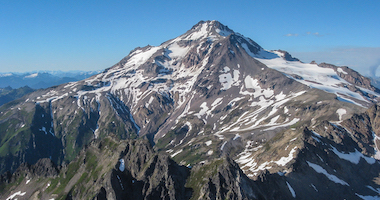


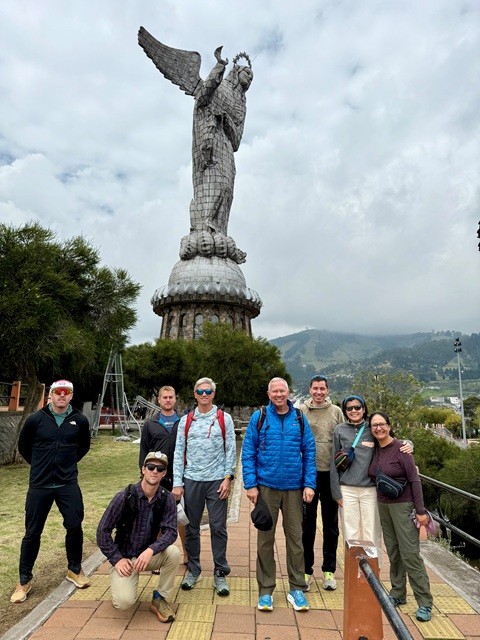

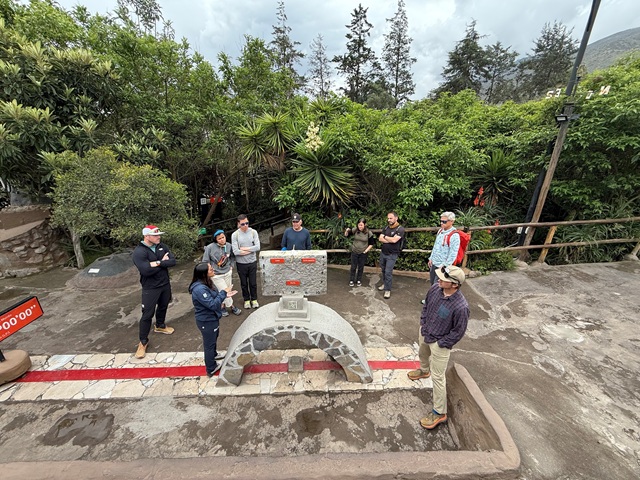

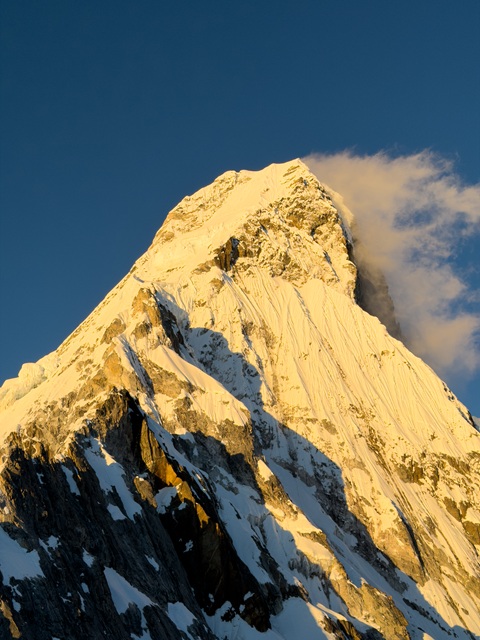
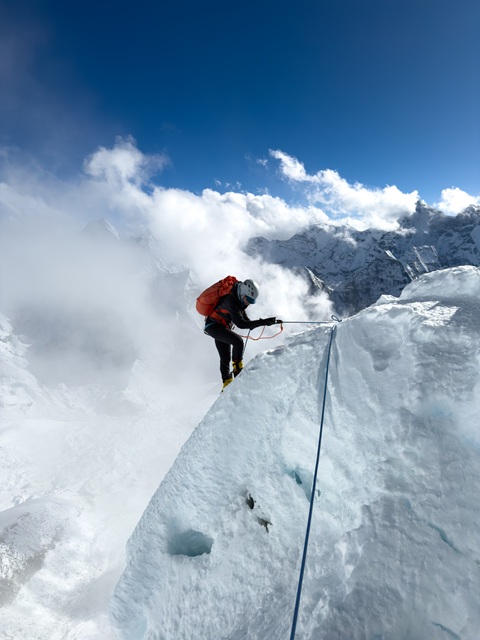
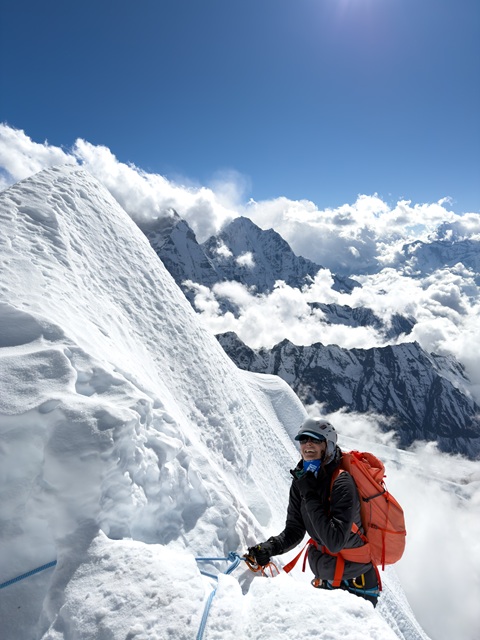
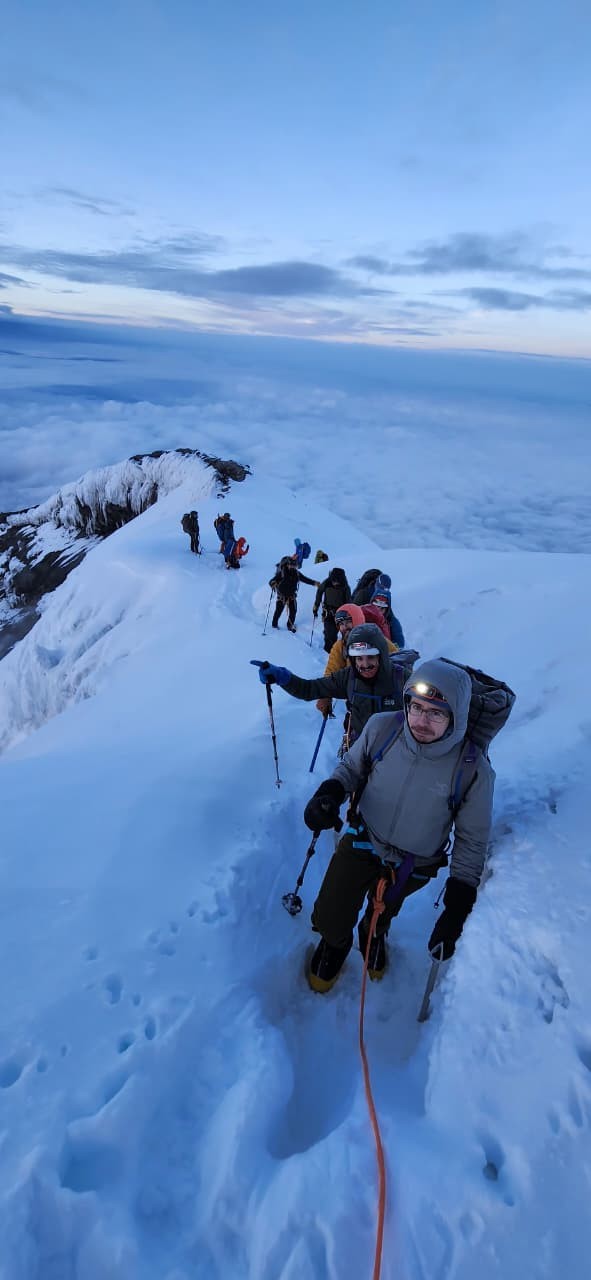
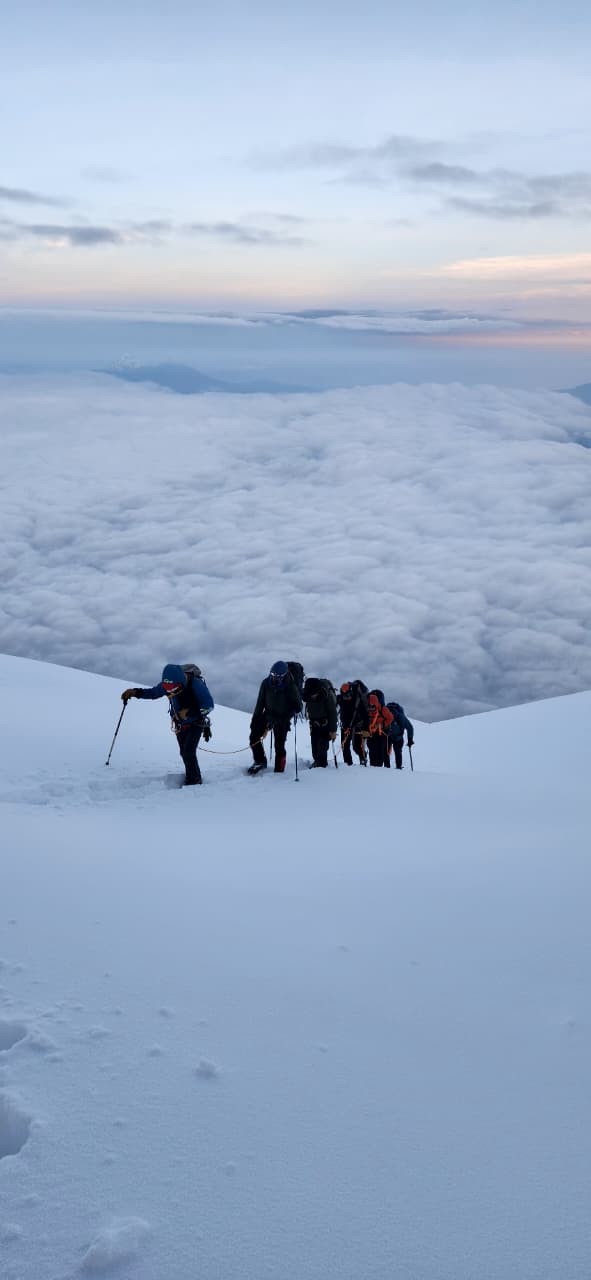
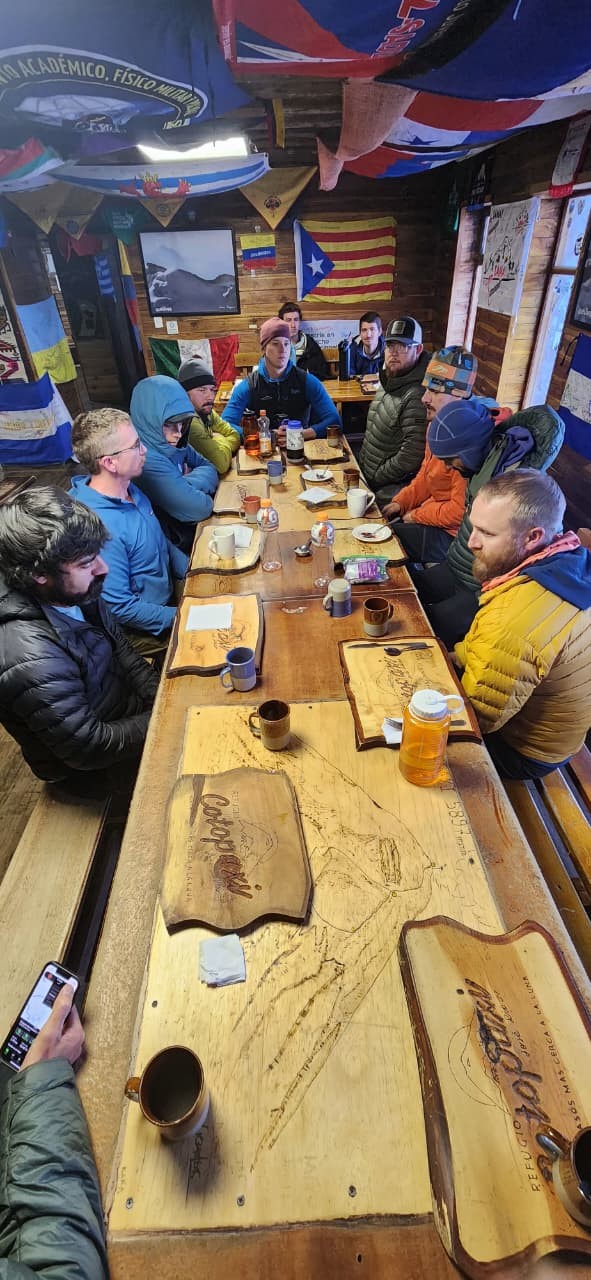
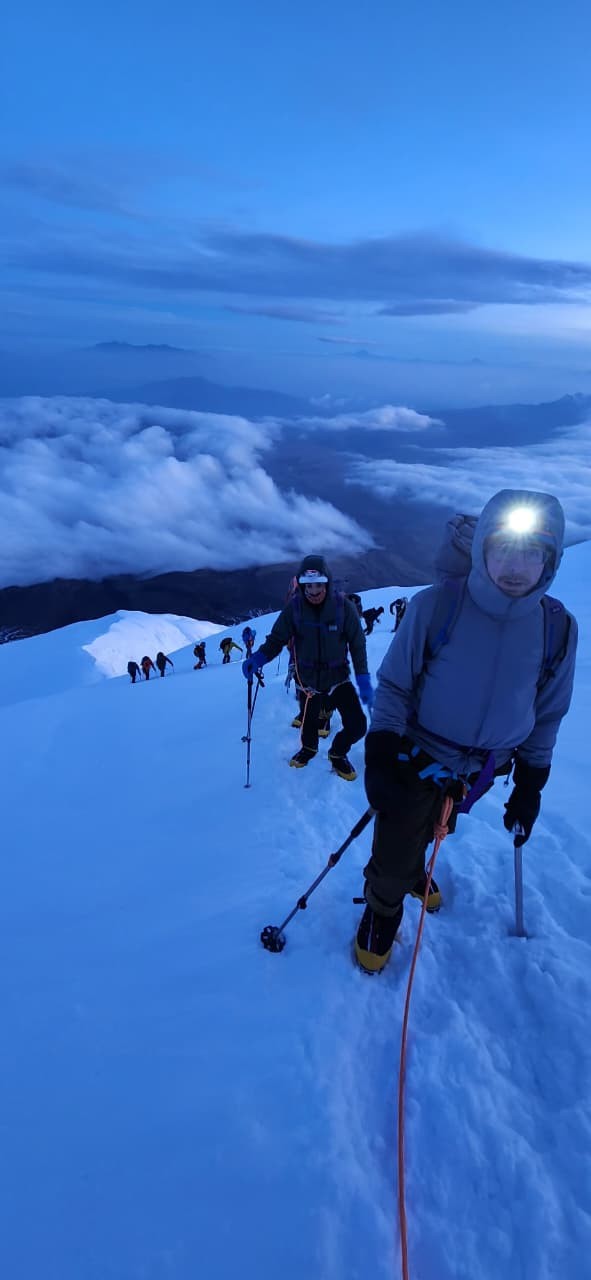
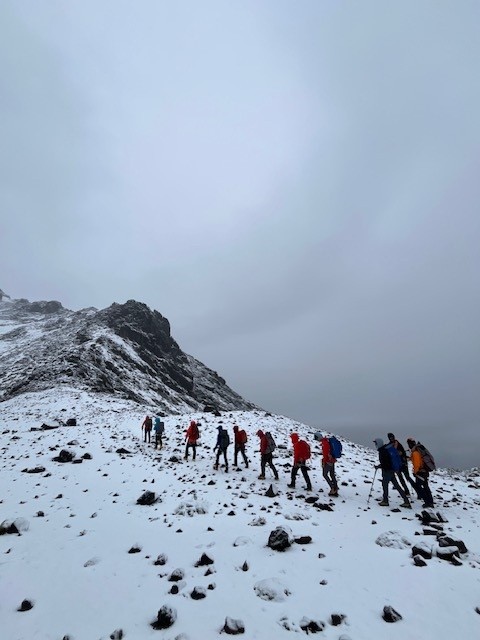
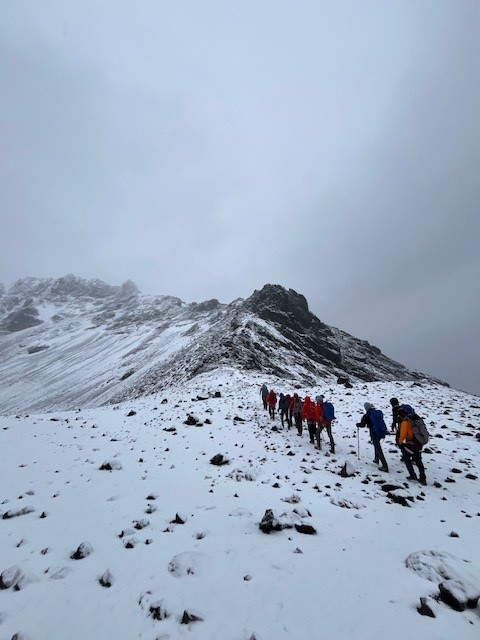
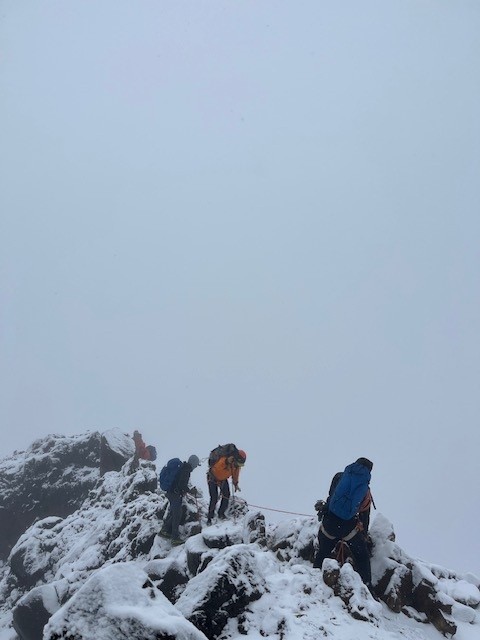

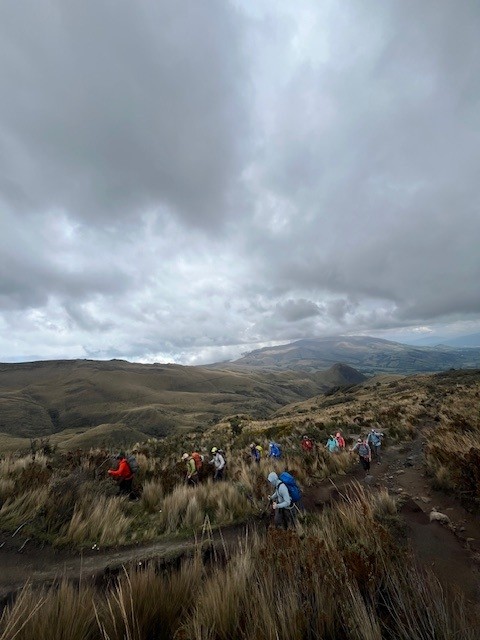
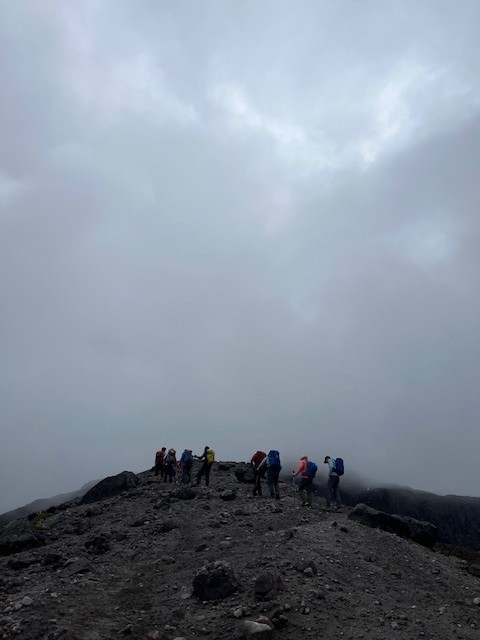
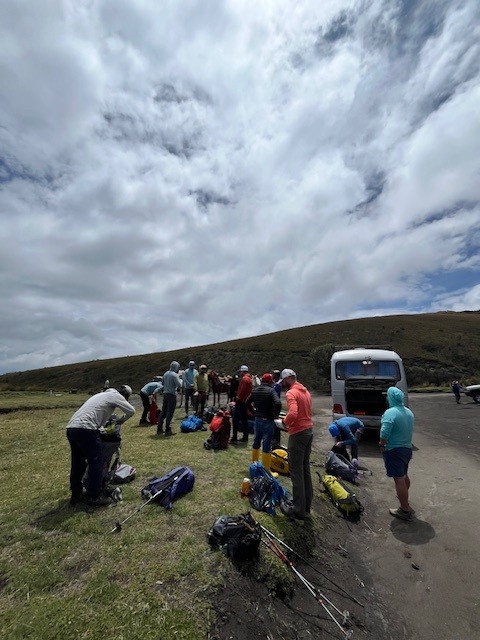
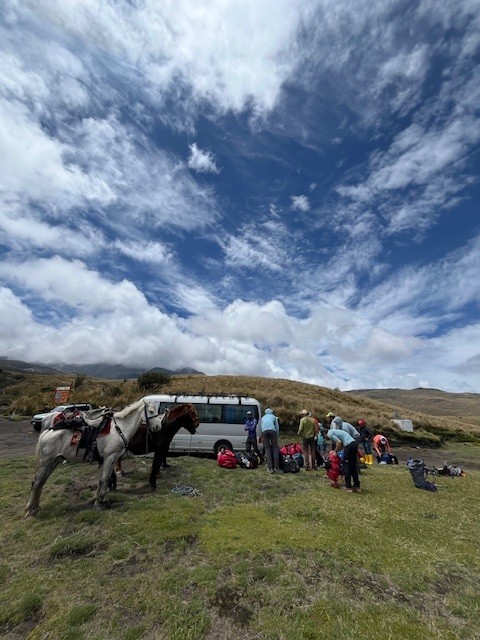
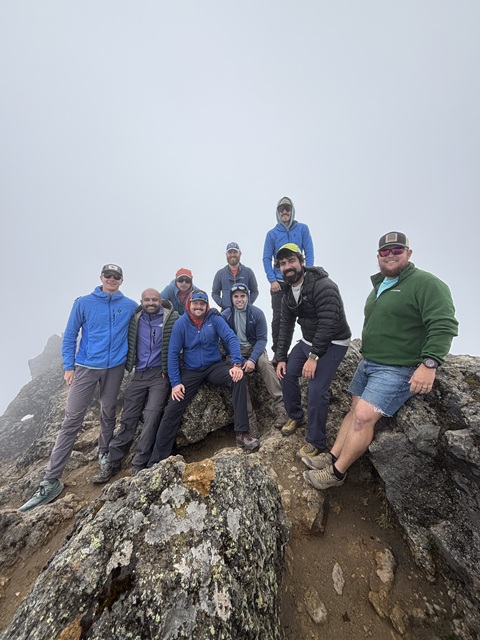
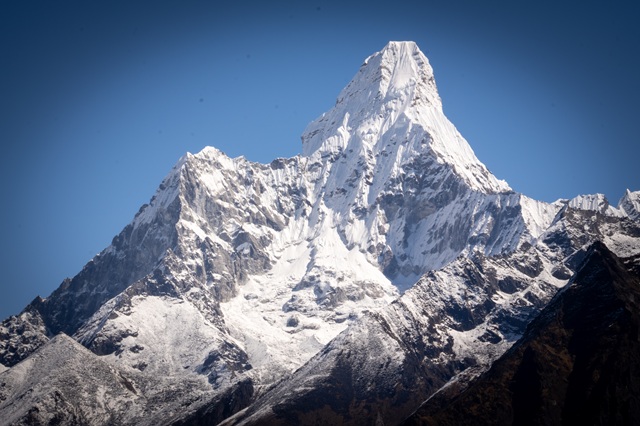
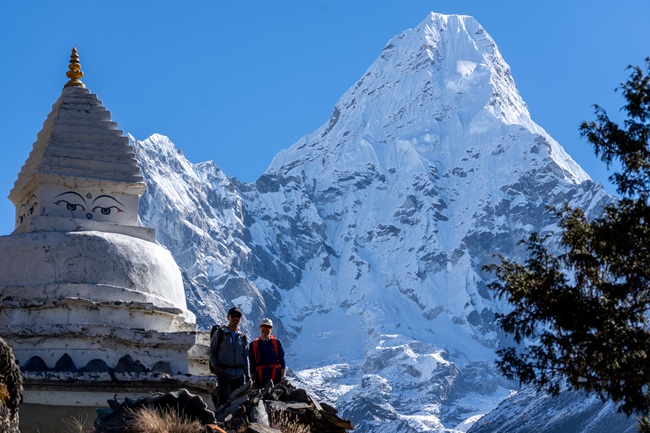
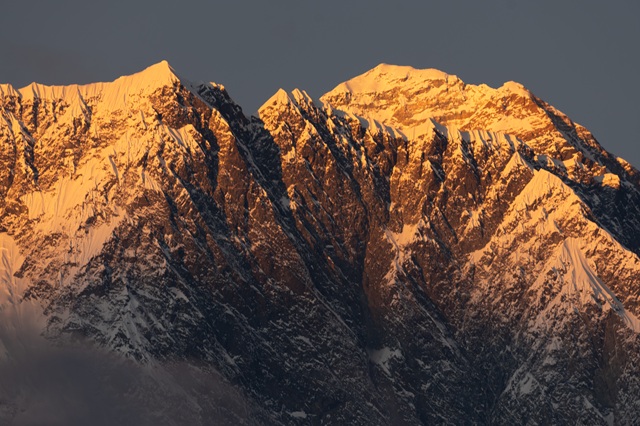
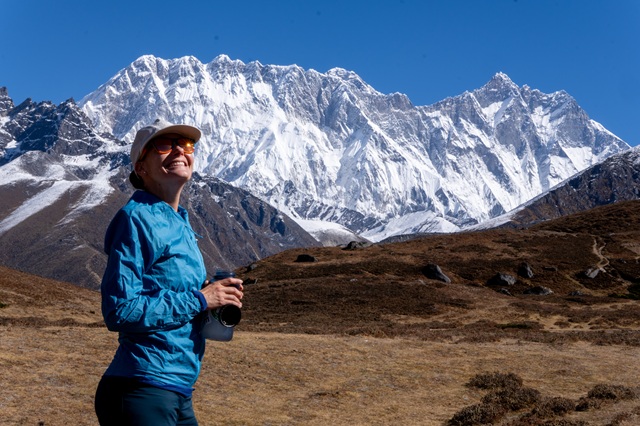
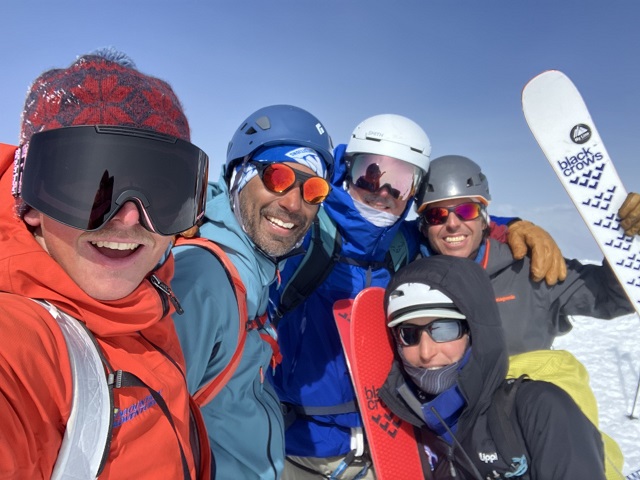
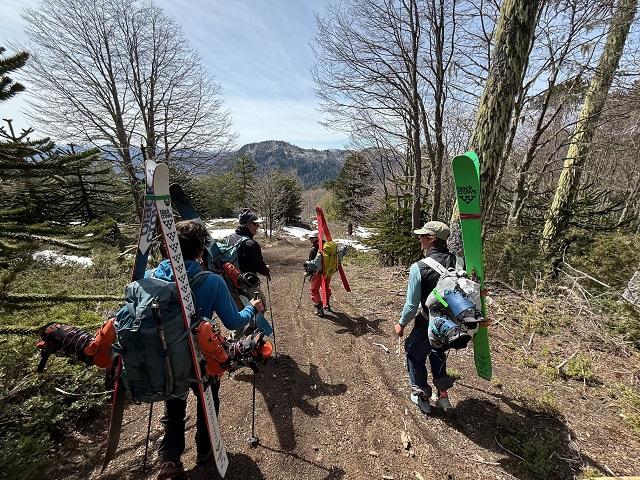
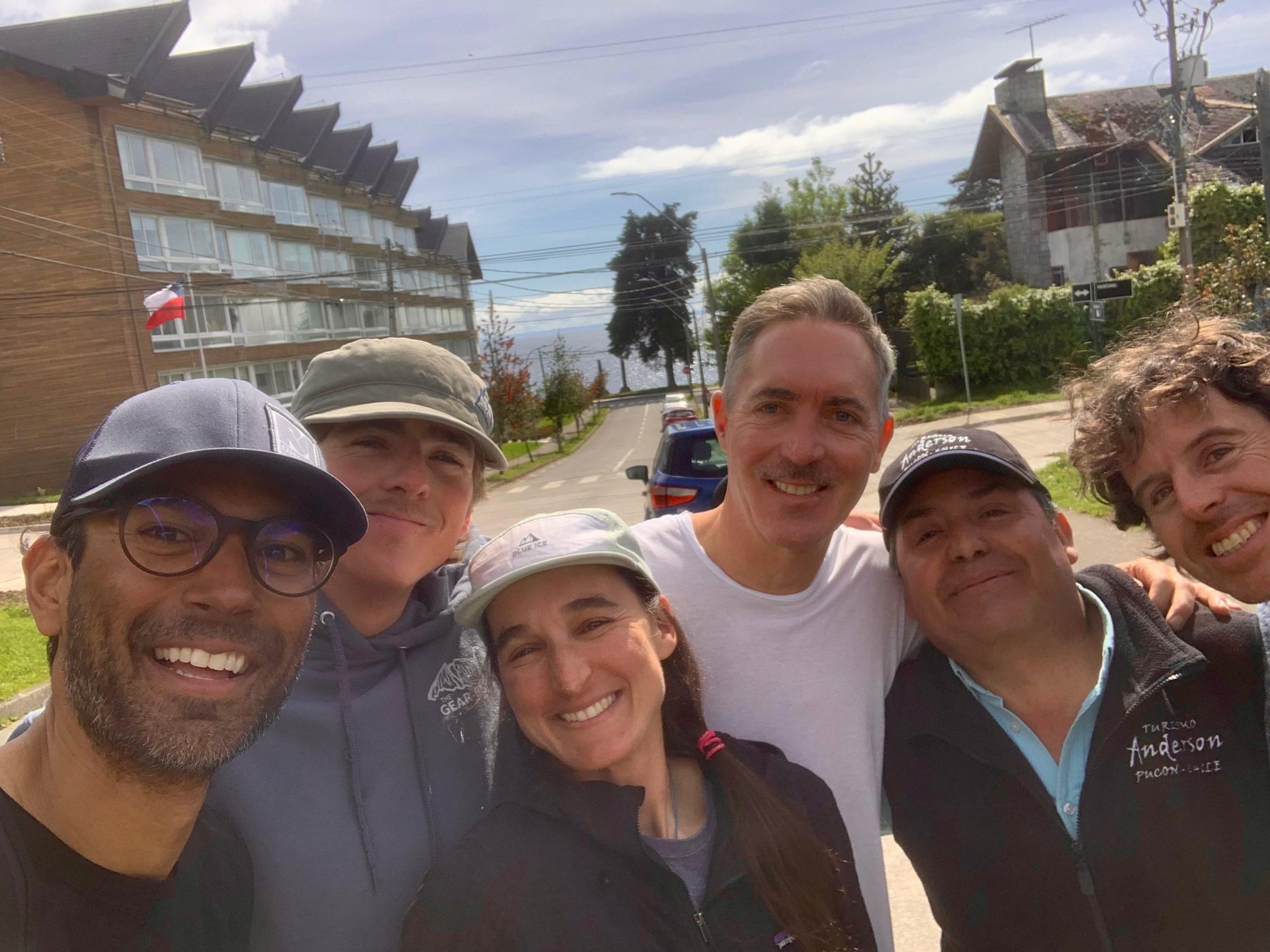
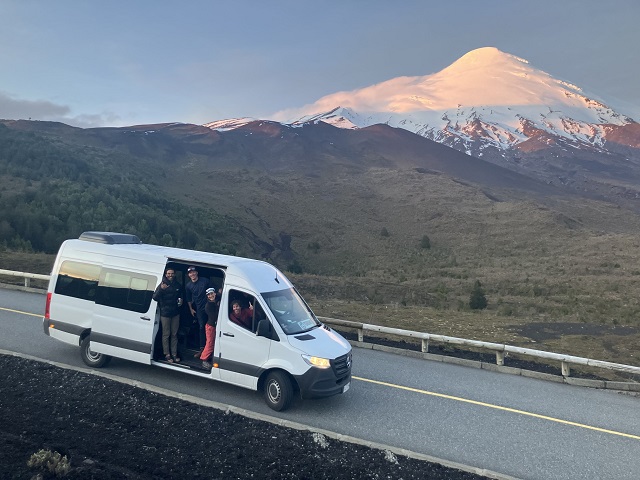






Mary,
Sending you all my love and positive vibes! You are a true inspiration! Iava, iava, iava! The all is in one and the one is in all! Way to go for it! Xoxo
Posted by: Chantel Nielsen on 7/27/2019 at 7:01 pm
Mary, Poli Poli all the way to the summit tonight!!! It will be a beautiful sunrise for you. Martin
Posted by: Martin on 7/27/2019 at 5:49 pm
View All Comments